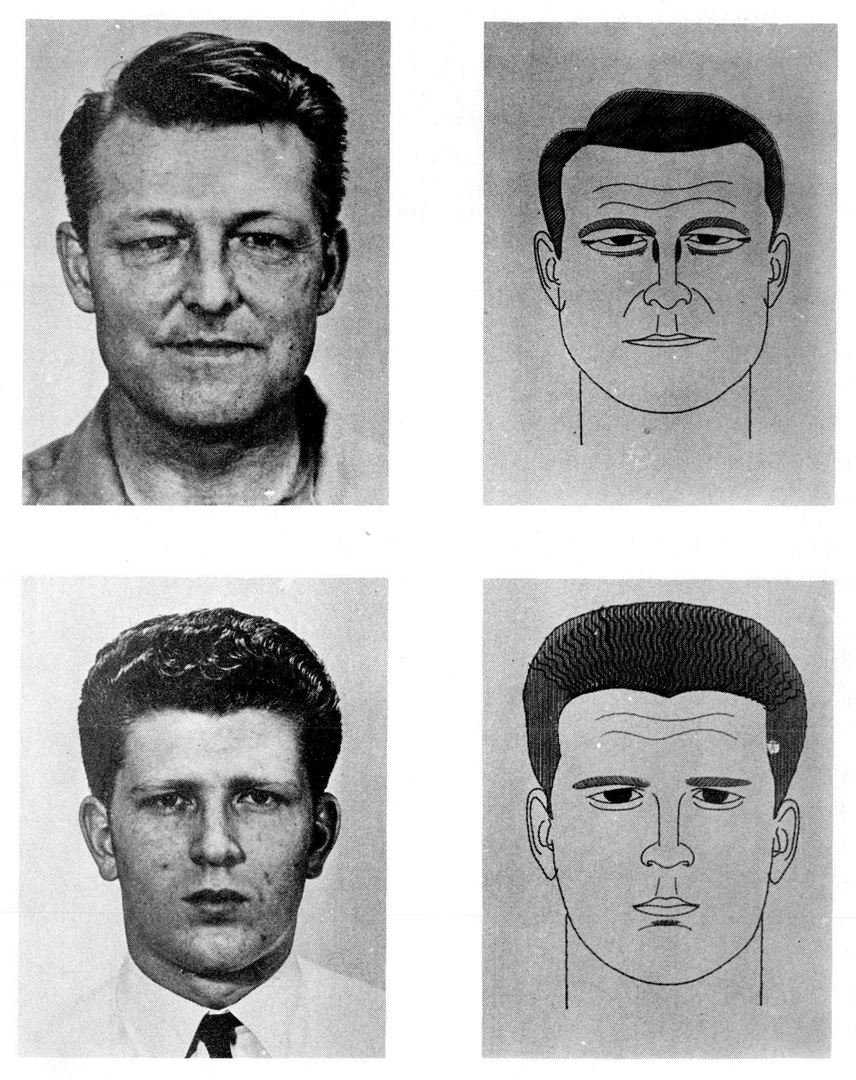“WHATSISFACE: Human Facial Composition by Computer Graphics” by Gillenson and Chandrasekaran
Conference:
Type(s):
Title:
- WHATSISFACE: Human Facial Composition by Computer Graphics
Session/Category Title: General Applications Session
Presenter(s)/Author(s):
Moderator(s):
Abstract:
Sketching a human face is a task which involves spatial decisions and a knowledge of the aspects of the face that are important in recognition. These are talents which non-artists lack.
This paper describes WHATSISFACE, a system with which a non-artist can create, on a graphic display, any male Caucasian facial image resembling the face on a photograph in front of him. The computer system contains prestored facial features, an average face used as a starting point, and a heuristic strategy which guides the user through a carefully constructed sequence of questions, choices, and feature manipulations. The user makes all of the visual decisions and can change the individual features or hierarchically organized sets of features using analog input devices.
Several specialized graphics algorithms were developed for this work and are described.
References:
1. Bertillon, Alphonse, Signaletic Instructions, The Werner Co., Chicago, 1893.
2. Conroy, P., “Simulation of Texture by Computer Graphics, M. S. Thesis, University of Toronto, 1969.
3. DeFanti, Thomas A., “The Graphics Symbiosis System – An Interactive Minicomputer Animation Graphics Language Designed for Habitability and Extensibility”, Ph.D. Thesis, The Ohio State University, 1973.
4. Gillenson, Mark L., “The Interactive Generation of Facial Images on a CRT Using a Heuristic Strategy”, Ph.D. Thesis, The Ohio State University, 1974.
5. Harmon, Leon D., “The Recognition of Faces”, Scientific American, Vol. 229, No. 5, 1973, pp 70–82.
6. Knuth, Donald E., The Art of Computer Programming, Vol. 1, Addison-Wesley Publishing Co., Reading Mass., 1968.
7. Parke, Frederick I., “Computer Generated Animation of Faces”, Proceedings of The ACM Annual Conference, Vol. 1, 1972.
8. Zavala, Albert and Zavala, R. Thomas, “The Dimensions of Facial Features”, in Personal Appearance Identification, ed. by Zavala, Albert, and Paley, James, Charles C. Thomas, Springfield, Ill., 1972.




